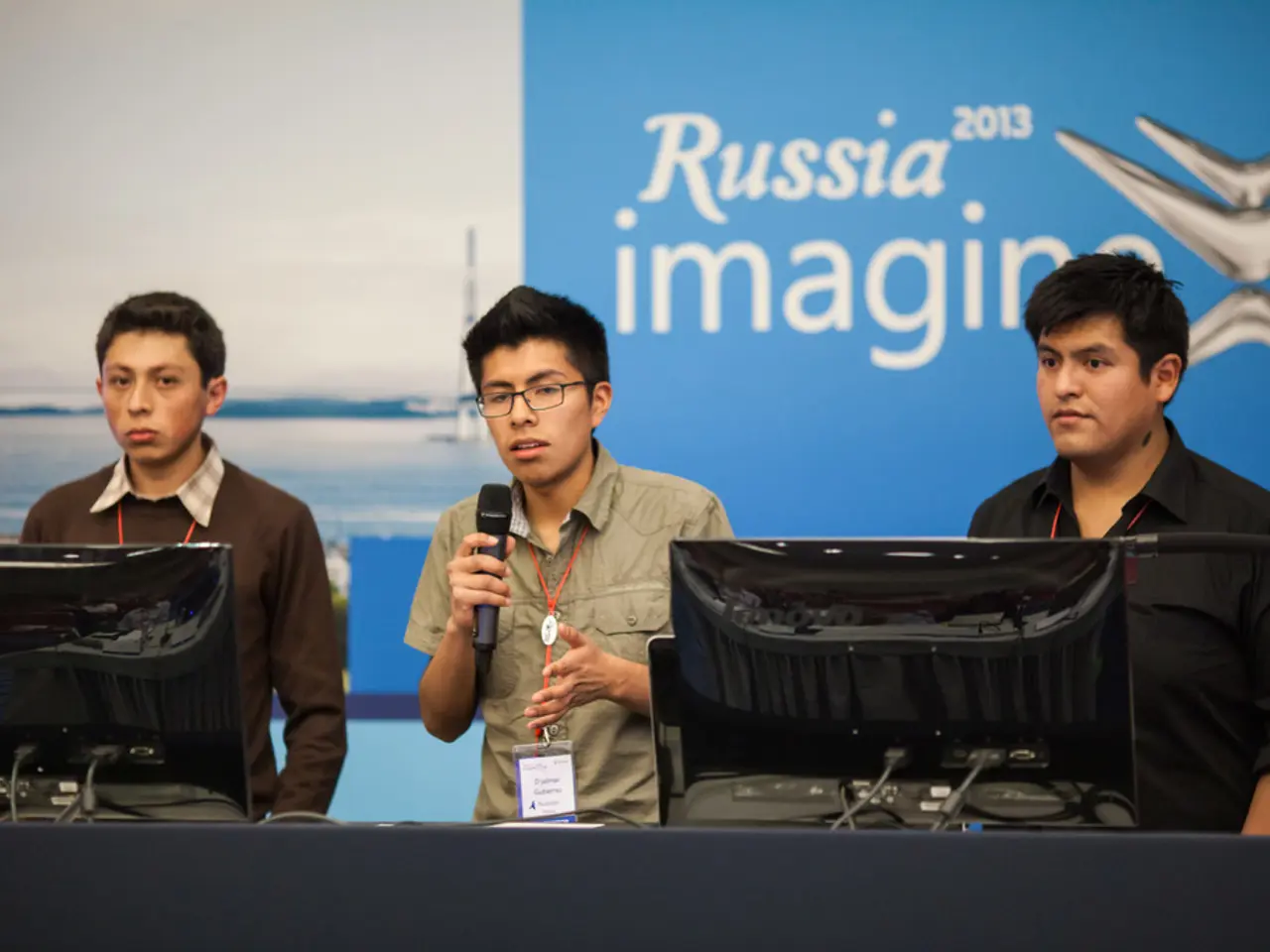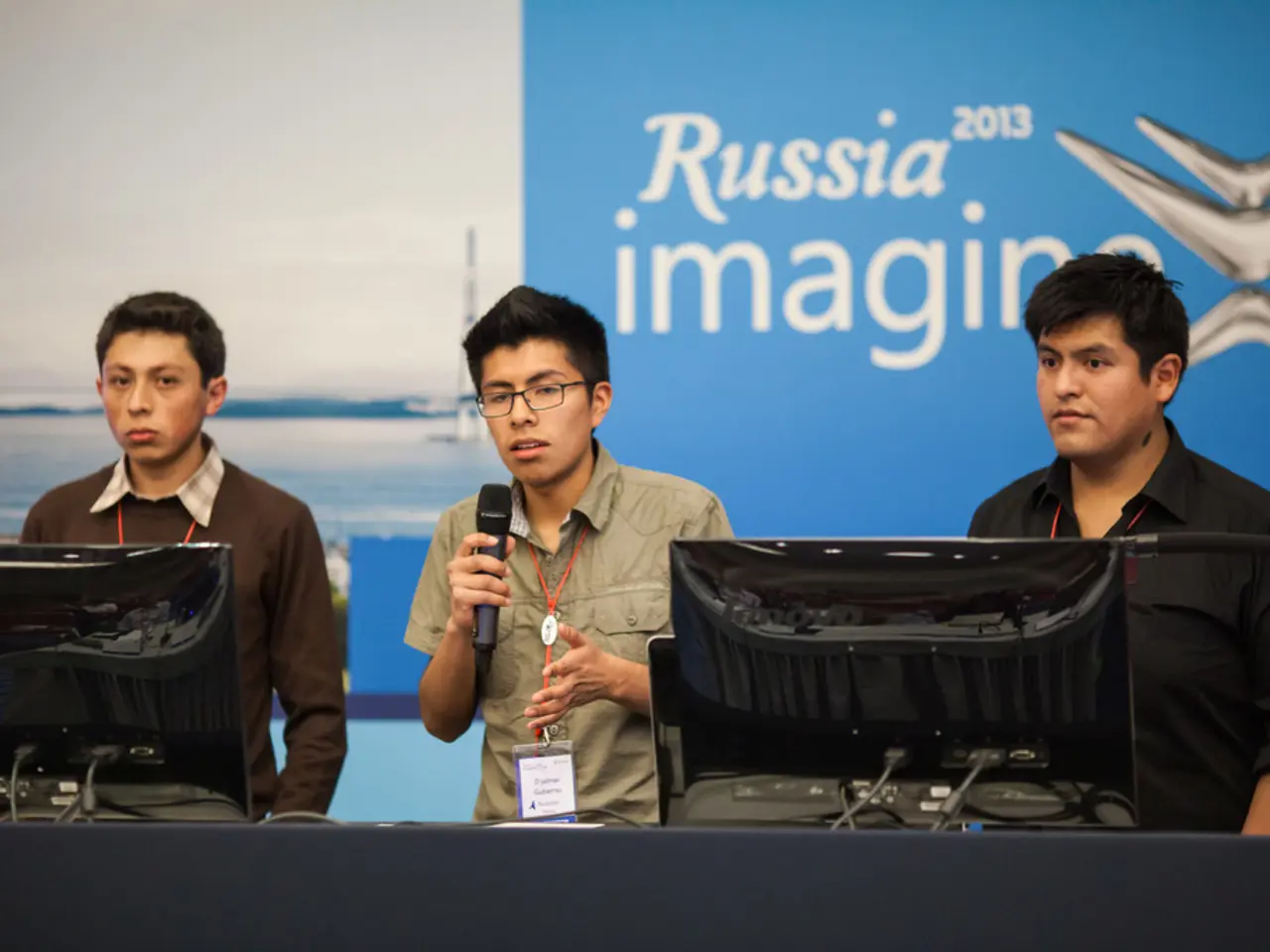Military Publications Focusing on Women, Peace, and Security Matters for Military Personnel
In the realm of international peace and security, the Women, Peace, and Security (WPS) agenda has gained significant traction. A primer for readers seeking to understand this complex topic is Joan Johnson-Freese's "Women, Peace and Security: An Introduction."
Simultaneously, Laura Sjoberg's "Gender, War, and Conflict" sheds light on the oversight of gender in policymaking and military strategy, emphasising the importance of actively considering the role of women in shaping approaches to conflict. Sjoberg's analysis encourages readers to factor in gender perspectives, not just in theory, but in practice.
The WPS Act, signed by President Donald Trump in 2017, legally enshrines the United States government's commitment to the principles of United Nations Security Council Resolution 1325, passed in 2000. This Act recognises the importance of women's equal and meaningful participation in peace processes, peacebuilding, and security.
The US military has been making concerted efforts to incorporate WPS concepts into its strategies and operational planning. The integration of WPS into lessons, case studies, and exercises in US military education institutions like the National War College, Army War College, and Marine Corps University, as explored in "Women, Peace, and Security in Professional Military Education" (edited by Lauren Mackenzie and Dana Perkins), is a testament to this commitment.
However, the implementation of WPS within the US military is not without controversy. While the current efforts involve ongoing integration of gender perspectives into strategy, operational planning, policies, and doctrine, guided by the DoD Women, Peace, and Security Strategic Framework and Implementation Plan, there is significant internal divergence regarding the commitment to WPS.
Defense Secretary Pete Hegseth's decision to cancel a Pentagon program supporting WPS initiatives in August 2025, citing it as a distraction from core warfighting tasks, signalled a reduction in formal institutional support for WPS in the US military under recent leadership. This rollback indicates a partial curtailment of WPS efforts within the US military.
In the broader international context, the push for increased female leadership and gender perspectives in peace and security continues. Valerie M. Hudson's groundbreaking work, "Sex and World Peace," provides a contextual analysis of how broad cultural gender constructs in various societies impact their institutionalization of violence and war.
Despite half a decade of implementation, WPS has not fully entered the consciousness of American strategic thought. Both the Trump and Biden administrations have made the tenets of WPS a priority in connection to the pursuit of the nation's interests. The US military education system has been instrumental in demonstrating to warfighters how WPS can serve as a valuable tool to pursue their increasingly challenging missions.
In conclusion, while the US military has developed strategic frameworks and gained operational lessons to incorporate WPS concepts into its practices, recent policy shifts at the Pentagon indicate a partial curtailment of these efforts. The broader international context continues to push for increased female leadership and gender perspectives in peace and security, but within the US military, implementation is currently uneven and contested.
[1] Mackenzie, L., & Perkins, D. (Eds.). (2018). Women, Peace, and Security in Professional Military Education. Georgetown University Press. [2] Sjoberg, L. (2013). Gender, War, and Conflict: Feminist Perspectives. Routledge. [3] Johnson-Freese, J. (2017). Women, Peace, and Security: An Introduction. Rowman & Littlefield Publishers. [4] Hudson, V. M., Ballif-Spanvill, B., & Caprioli, M. (2012). Sex and World Peace. Columbia University Press. [5] Egnell, R., & Alam, M. (Eds.). (2017). Women and Gender Perspectives in the Military: An International Comparison. Routledge.
- The US military education system, including institutions like the National War College, Army War College, and Marine Corps University, have integrated Women, Peace, and Security (WPS) concepts into lessons, case studies, and exercises, as demonstrated in "Women, Peace, and Security in Professional Military Education" (edited by Lauren Mackenzie and Dana Perkins).
- Laura Sjoberg's "Gender, War, and Conflict" highlights the oversight of gender in policymaking and military strategy, emphasizing the need for active consideration of the role of women in shaping approaches to conflict.
- In the realm of military education, understanding the importance of leadership, security, strategy, policy-and-legislation, and general news from a gender perspective is crucial for effective military operation, as discussed in Valerie M. Hudson's "Sex and World Peace."
- Despite half a decade of implementation, the integration of WPS into military education and practices in the US military remains a contested issue, with recent policy shifts indicating a partial curtailment of these efforts, as hinted by Defense Secretary Pete Hegseth's cancellation of a Pentagon program supporting WPS initiatives.
- The ongoing debate and implementation of WPS within military education and the US military at large unfold within a broader context of international policy and legislation, including the WPS Act of 2017 in the United States, UN Security Council Resolution 1325, and the inclusion of gender perspectives in international peace and security discourse.








